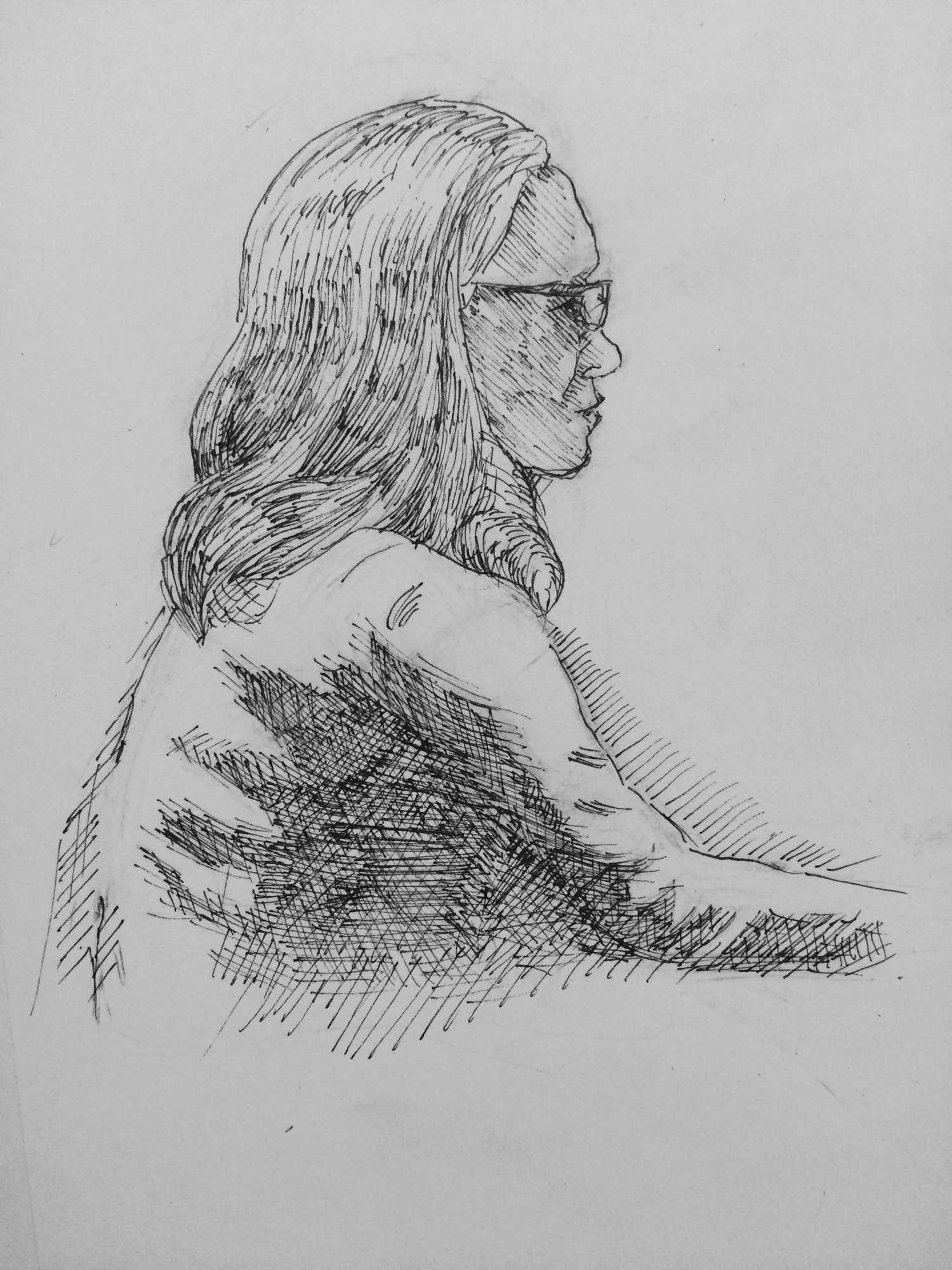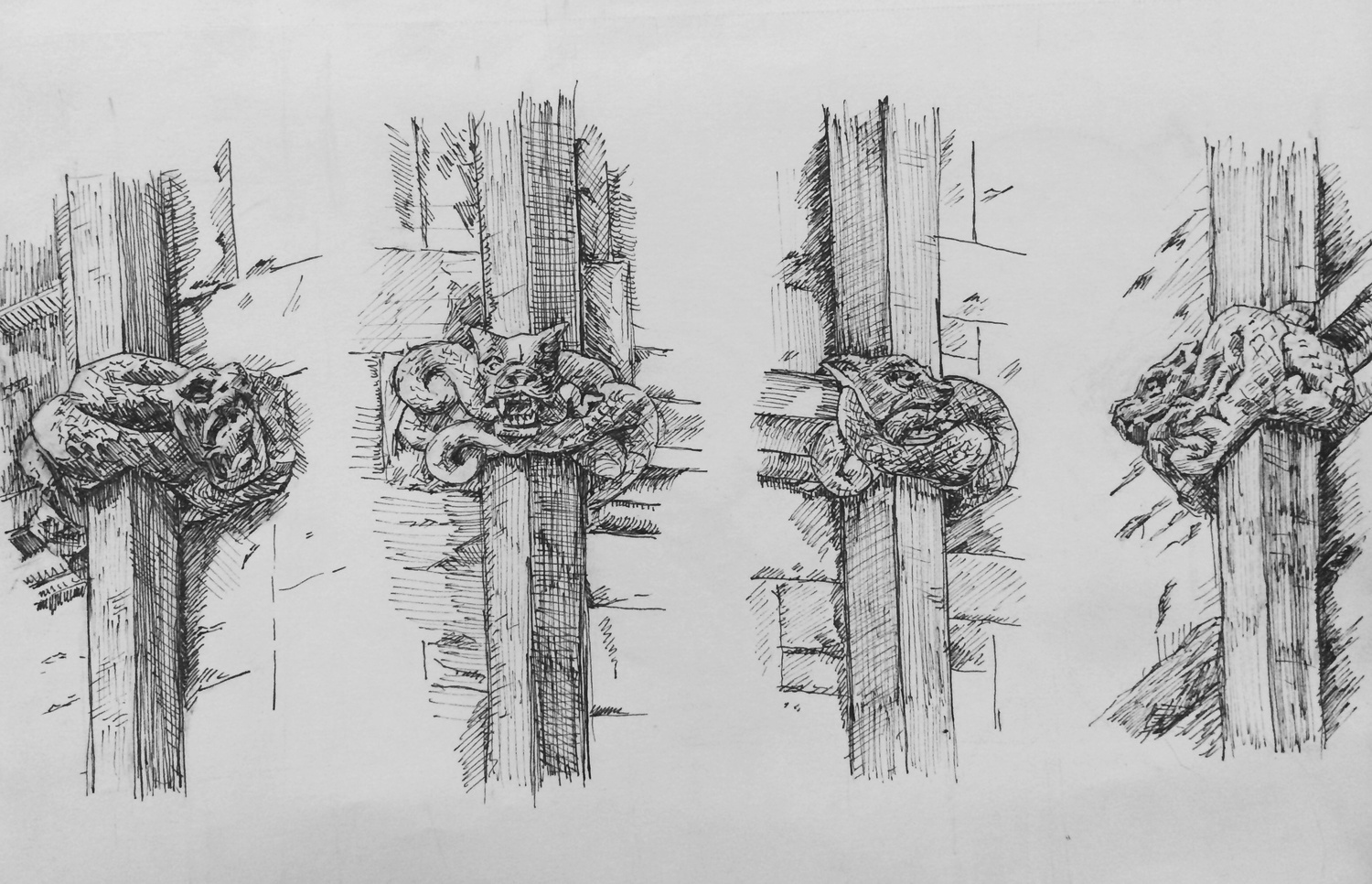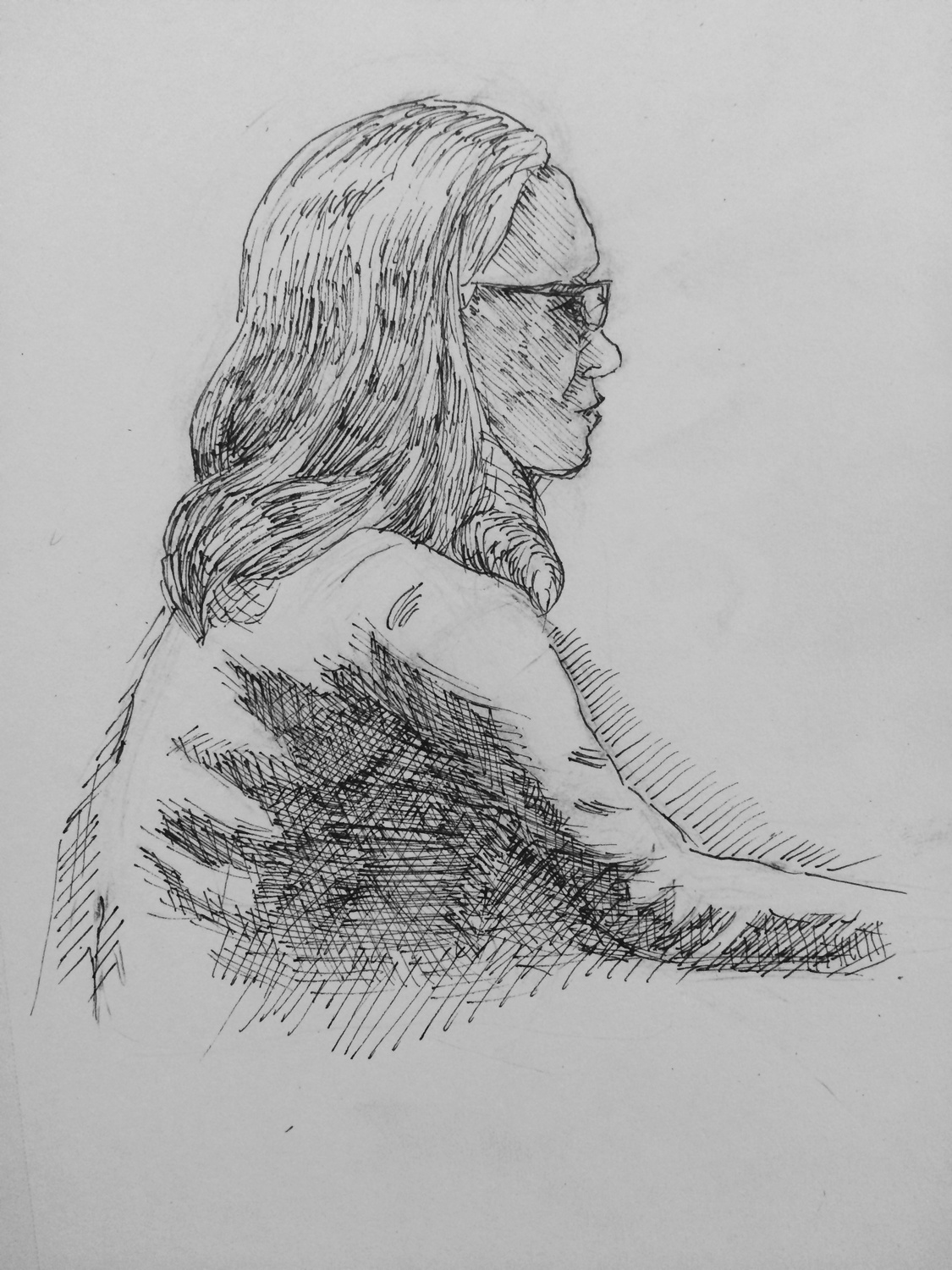
News
Summers Will Not Finish Semester of Teaching as Harvard Investigates Epstein Ties

News
Harvard College Students Report Favoring Divestment from Israel in HUA Survey

News
‘He Should Resign’: Harvard Undergrads Take Hard Line Against Summers Over Epstein Scandal

News
Harvard To Launch New Investigation Into Epstein’s Ties to Summers, Other University Affiliates

News
Harvard Students To Vote on Divestment From Israel in Inaugural HUA Election Survey
Cats, Snakes, and Law School

The four drainpipes of Austin Hall, the Law school admissions building, tell a story. Each is surrounded by a small, intricate stone carving where the pipe intersects the windowsill. The first carving depicts a snake holding a small rodent in its mouth. The next three appear to show stages of a battle between a cat and a snake. On the second drainpipe, the carved cat holds the snake in its mouth, eyes wide in fear, while the snake’s coils writhe on all sides of its head. By the last carving, the cat rests atop the snake. Much like in a stop motion film, the architect, H. H. Richardson, has used still scenes to depict a sequence of events. Rather than the images changing before the viewer to create movement, the viewer moves around the building.
I found myself unable to resist making several laps, and as I walked I asked myself what the significance of these drainpipes might be. My first thought was that the drainpipes serve as a symbolic assertion that what goes around comes around. The criminal snake preys on the weak and helpless rodent and then is brought to justice by the cat, the embodiment of the law. Because this is a building designed to help teach law, the sequence focuses on the process of the battle between cat and snake rather than on a victorious outcome.
This was, of course, only a gut reaction and did not satisfy my curiosity. Upon closer inspection, I found cat and snake combinations scattered throughout the facade of the building. Driven by the urge to learn more, I took to the Fine Arts Library, where I soon found myself surrounded by stacks of books about cats and snakes. Richardson’s muse was primarily Romanesque architecture, the product of a period when people viewed cats and snakes with a similar degree of wary respect and ambivalence. But cats and snakes—and mice—have been tied together throughout art history. Cat and snake imagery are linked in Egyptian, Buddhist, Kabbalist and North American tradition. Images from ancient Egypt depict a battle between the cat-goddess Bast and the evil snake Apophis. The North American feathered serpent of Teotihuacan has a feline head that is remarkably similar in appearance to the cats of the Austin hall drainpipes.
Richardson’s intentions are not immediately visible, so as casual viewers we cannot know whether he intended to establish a connection between any of these themes. Whatever the intention, it is remarkable that all of these stories and questions emerge from a set of drainpipes.
———
This is a sketch of an employee of the admissions office, who, along with her colleagues, made sure that I was there only to draw and not to glean information on the admission system. Much like some architecture, admissions is a largely hidden process with evident results.
Want to keep up with breaking news? Subscribe to our email newsletter.


